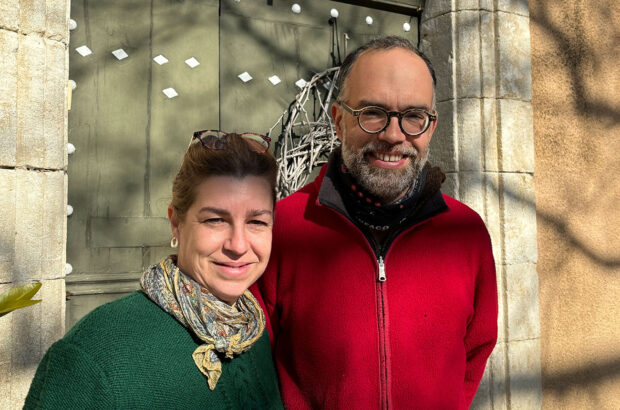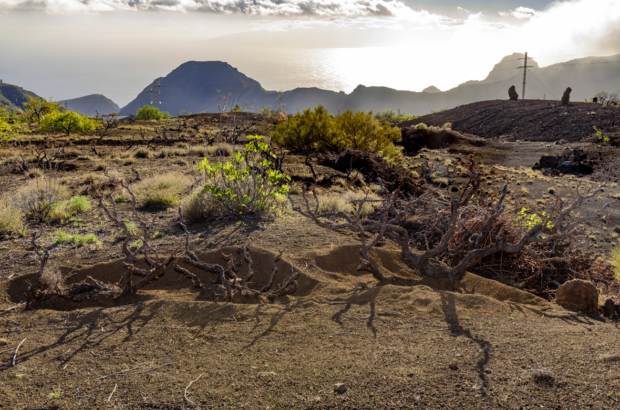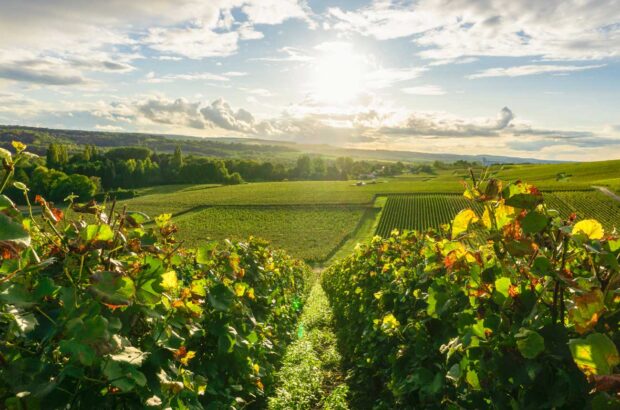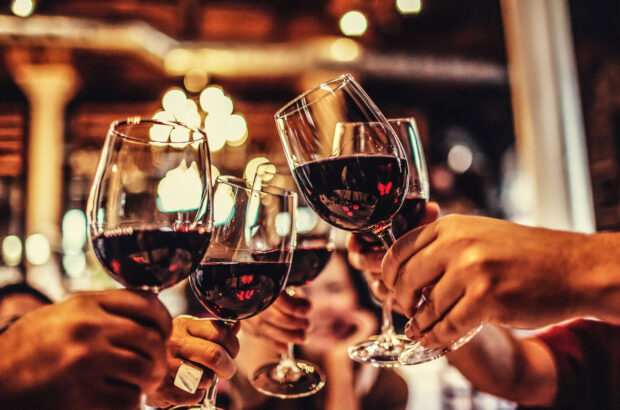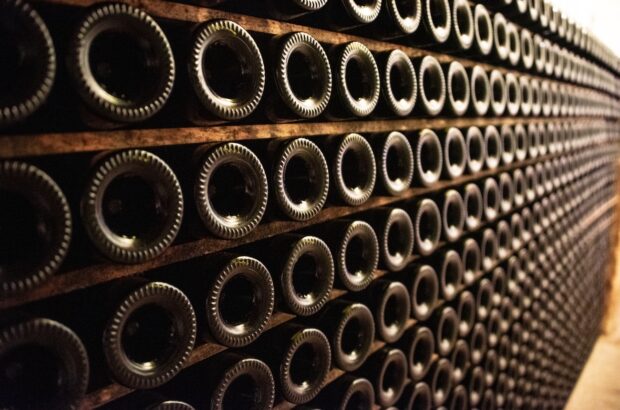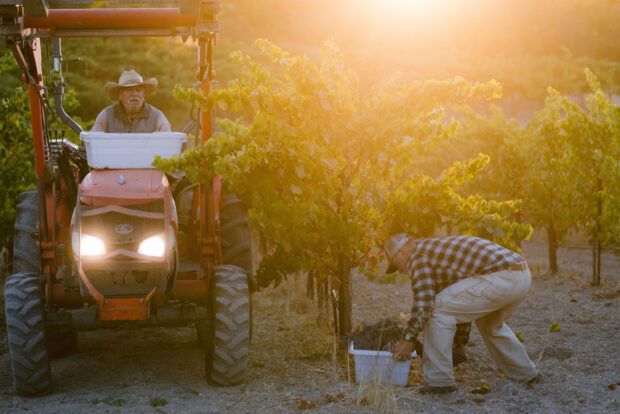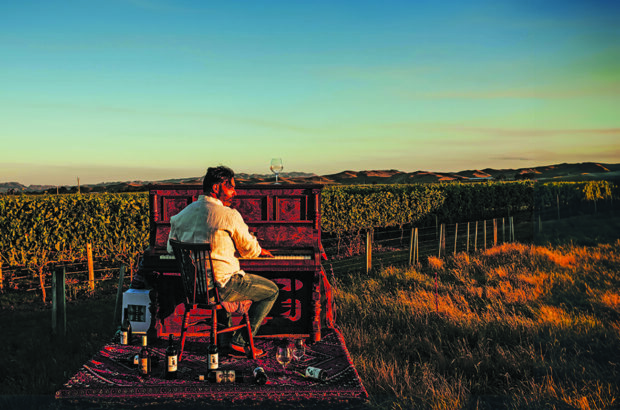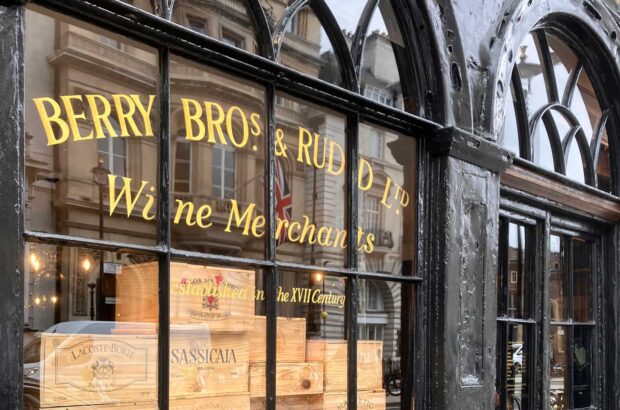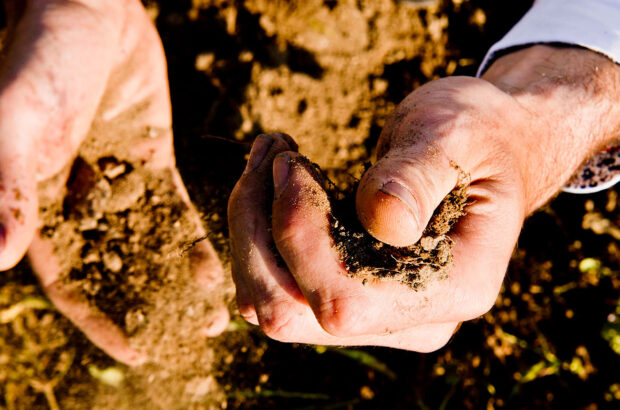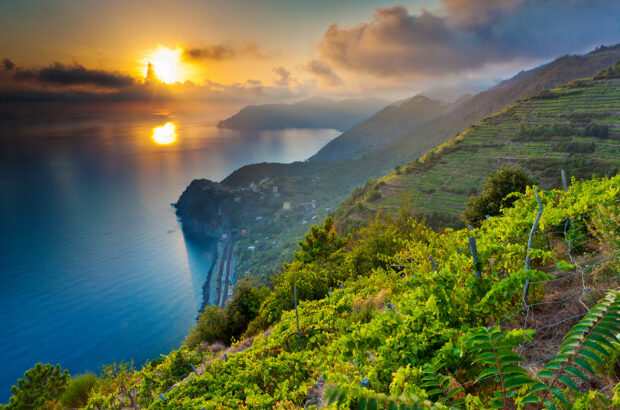Rosé-tinted glasses aside, there is a reason – the modern economics of it mean that a €4 bottle of Côtes de Castillon or Montagne St-Emilion doesn’t translate into anything even comparable in price terms when on a UK shop shelf (assuming it could even get there). It’s the sad fact of commerciality.
We taste hundreds of Bordeaux wines at every price point every year, to find those few gems that represent the best value for their quality. Even then, the volumes available might mean that a wine we rate highly just isn’t worth importing, as those volumes are too small. Post-Brexit shipping and import costs are now close to £500 ex-VAT per 50-case pallet, courtesy of increased red-tape, lorries leaving the UK empty, and fuel costs. This is not a political gripe, just an economic fact.
At £10 a case, or 83p a bottle, this a significant cost on a €4 wine, and that’s before you include our margin to make it worth our while, and our warehouse’s delivery cost. Assuming a good exchange rate, the current UK duty and VAT regime, and a £20 delivery fee for 12x75cl bottles, and that €4 Côte de Castillon is now close to £12 all in; £11.83 if we’re being precise – more than three times the original price. From a wine-merchant’s perspective we will make all of £1.87 profit a bottle, or £22.47 a case. So, if the volumes are small, or the winery in question too boutique, it simply doesn’t make sense to import it.
Economies of scale are the name of the game, and so suddenly that €4 Bordeaux is competing with Chilean Merlots or South African Cabernets at a similar price point. These have more margin and far greater commercial appeal to a UK importer.
Even if the Bordeaux producer in question does make enough wine of the right quality to be commercially interesting, we’re assuming that it’s viable for them. We’ve been buying wine for years from a château in Bordeaux that’s one of our favourites. Effectively a vanity project, the owner has run it at a significant loss since purchase, and
is producing wine at a quality that is truly above its price point by several euros. A great deal for our customers, but it is one we all know deep down won’t last forever.
This is sadly something that’s echoed across the wider Bordeaux wine region, where beyond the glitzy big-name châteaux of the Médoc, smallstead producers earn minimum wage working all hours to make great, everyday drinking Bordeaux that’s deemed by officialdom fit only for crisis distillation.
A stark situation, and even more so when you consider that it applies not only to the very bottom end of Bordeaux wine production, but also as you move up the price and quality scale to those who want to sell their wines en primeur.
The cheapest wine we were offered in this year’s campaign was €8.70, with an RRP of £9.30 in bond. If we were to buy this wine from several négociants – as merchants often do to balance the orders they’ve placed with négociants for grand cru classé wines – the economies of scale suddenly don’t make sense again. Anything less than a 50-case pallet and the profit we might make is lost in shipping and handling fees.
But it’s not just about wines being cheap – that misses the point. The crux of the matter is that we buy wine for the love of it; the variety and depth offered by Bordeaux is too often forgotten. I can think of no other region that produces such a breadth and wealth of great wine at all price points, with longevity either built in, or priced into the bottle in front of you. Name another region where you can drink the equivalent of a 10-year-old cru bourgeois Margaux for £25, or a five-year-old Merlot blend for less than £15, but which will also keep perfectly well for another five years and even improve if stored correctly.
This is not to say that you should only drink Bordeaux, but next time you’re enjoying a bottle of Montagne St-Emilion or Côtes de Castillon, consider why it’s worth buying – and probably worth spending a few pounds more on, too.
In my glass this month
Well after that paean, it would have to be Bordeaux. For the modern style of accessible claret, 2015 was the benchmark vintage – it has the ripe fruit, the body, the appeal, as well as the longevity. And the Ségla, Margaux 2015 (£35-£41 Goedhuis & Co, Justerini & Brooks, Nemo Wine Cellars), second wine of Château Rauzan-Ségla, has all of that in spades. At eight years old this is perfect now, either poured from the bottle or, if you can hold off, after half an hour in a decanter.




